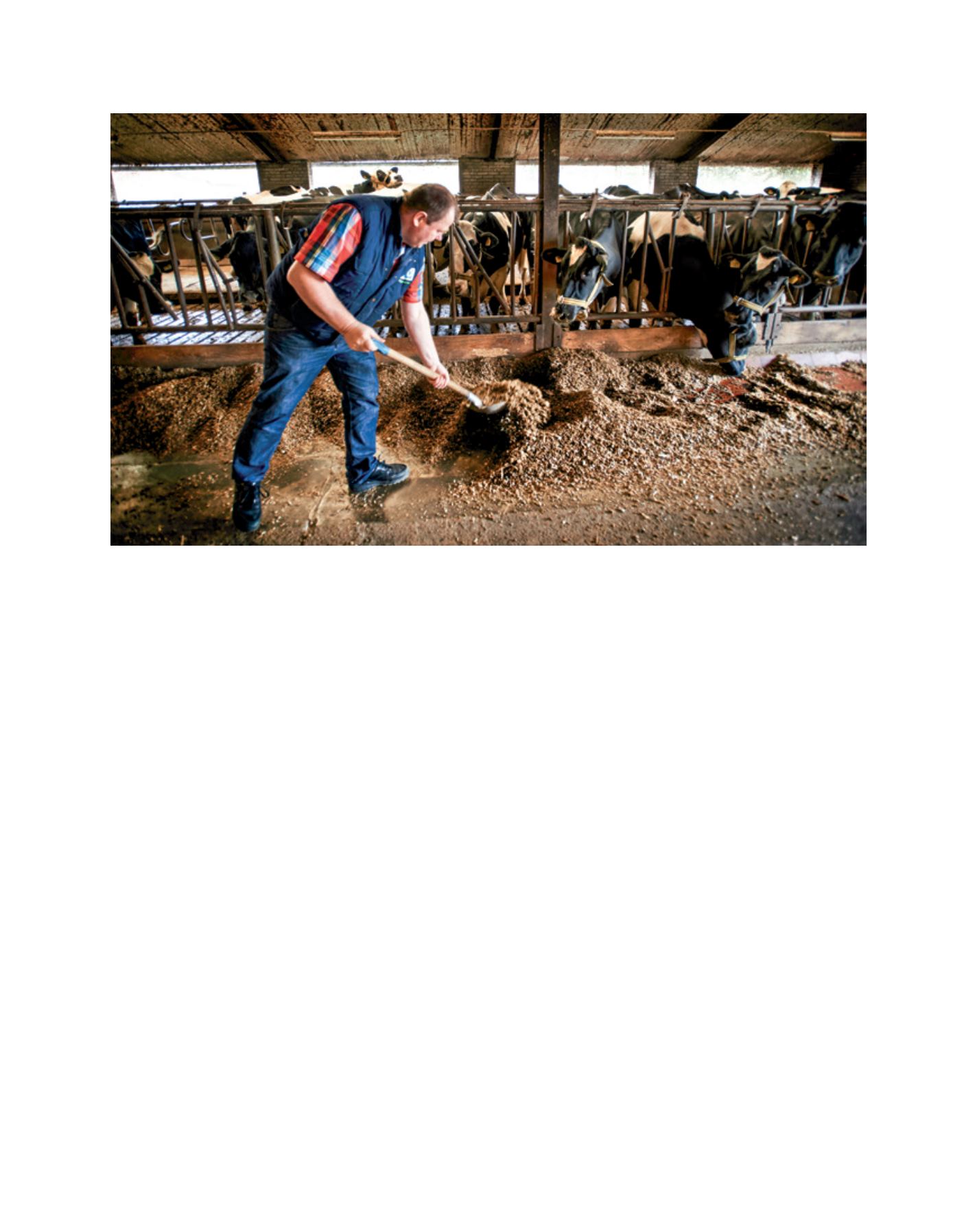

[
] 197
on the production of traditional meat and dairy products and
diversification into rural tourism.
12
Developing economic flexibility
Mixed farming and diversification aims to maximize the
potential utilization of the farm’s fixed assets to improve
production, efficiency and profitability. Opportunities to
enhance family farm income can also arise from career, family
and life experiences.
Social farming, for example, is a specific form of on-farm
diversification that enhances job opportunities, in particular
for women and young people. Very often a family member not
previously involved in the farm business joins and makes use
of farm facilities and livestock to develop and offer new services
related to sectors such as education, welfare and health.
Since many social farming initiatives are pursued by family
members other than the farm owner, they can obtain funds
through the farm and business development measure of the
EAFRD, which is further developed 2014-2020.
Case study:
The Coorevin Farm in county Tipperary, Ireland
is a family-owned medium-sized intensive livestock farm of
over 50 hectares. Padraig Moran and his family wanted to
enhance their income from rearing suckler cows and ewes
by diversifying into non-agricultural activities such as farm
tours and providing learning experiences for students and
other interested individuals and groups. An initial investment
of €33,000 was made, supported by €6,600 from the EAFRD
and €2,200 in national funds. Padraig’s agricultural experi-
ence allows him to offer hands-on instruction to advanced
students and adults, meeting a need that was not adequately
met by the existing syllabus for agricultural science education.
Farm tours are tailored to the specific needs of each group.
Since Padraig started the new activities at the Coorevin Farm,
the additional revenue generated has become an important
part of the family’s income.
13
Cooperatives and inter-professional organisations
Agricultural cooperatives can help family farms to over-
come the scale constraints inherent to smallholdings, while
enabling small farmers to respond more effectively to chang-
ing market demands. Participating farmers also have more
power and control over production than through contract
farming, making food security less vulnerable.
14
The increased access cooperatives provide to resources,
information tools and services encourages members to
increase their levels of food production, while reducing trans-
action costs, improving quality and creating jobs.
The CAP has supported producer cooperation working
through the Common Market Organisation
15
of products,
which has enabled improved coordination of specific supply
chains. The CAP provides a reinforced framework for producer
and other organizations, as well as support for the setting up
of producer groups. These should facilitate producer coop-
eration by granting legal certainty, financial support and
economic advantages to willing farmers. There are also new
opportunities through the European Innovation Partnership
16
Operational Groups that can enable new and existing coopera-
tives to explore and develop their own working practices and
penetrate new markets.
17
Case study:
The Peasant Evolution Producers’ Cooperative
was established in 2004 as a collective of small-scale produc-
ers in Dorset, in the south-west of England. Thirty-three small
Family farms are dominant in EU agriculture, and the CAP’s role in addressing the challenges they face will be key to assuring the sector’s future
Image: European Commission
D
eep
R
oots
















